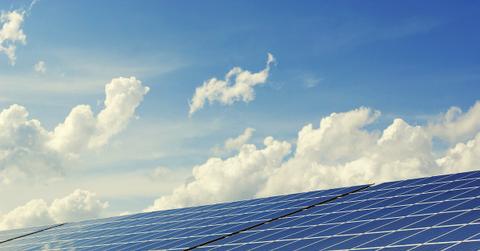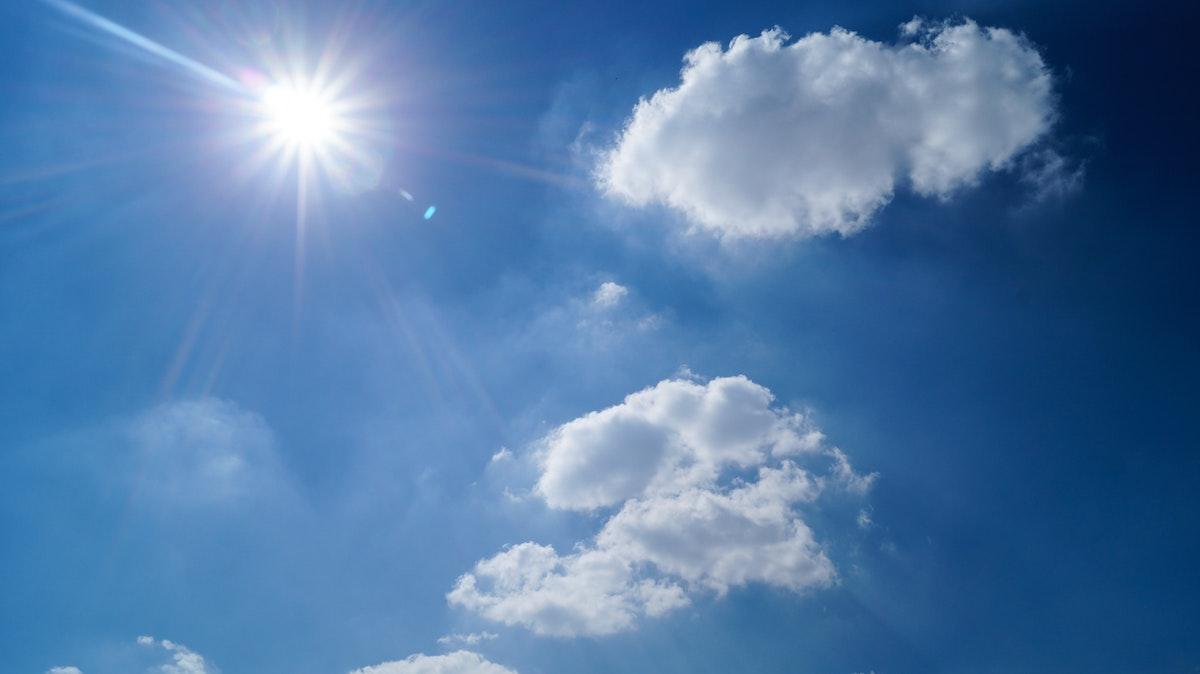This Bacteria Could Help Solar Panels Perform on Cloudy Days
Scientists have engineered a bacterium from E. coli that converts light to energy even when it's cloudy outside.
Updated May 31 2019, 12:33 p.m. ET
When it comes to solar energy, the elements often get in the way. Solar panels harness the most power when the sun is up and burning bright, so if it’s storming or just a tad overcast, they could be banking little to no energy.
Scientists at the University of British Columbia think they have a work-around for this age-old problem. They’ve developed a solar cell that converts dim and bright light into energy at equal efficiency — and it comes from E. coli bacteria.
This new solar cell is “biogenic,” or made from living organisms. The UBC researchers produced it by genetically engineering E. coli so the bacteria created large quantities of lycopene, a natural dye found in tomatoes, watermelon, and other red produce. Why were they so interested in lycopene? The pigment is especially sensitive to light, and great at harvesting it.
This modified bacteria was then coated in a mineral that could serve as a semiconductor. The scientists applied their creation to a glass surface, generating a current density of 0.686 milliamps per square centimeter. That was almost double the amount “achieved by others in the field,” according to the UBC press release.
“We recorded the highest current density for a biogenic solar cell,” Vikramaditya Yadav, the UBC professor who led the project, says in the release. “These hybrid materials that we are developing can be manufactured economically and sustainably, and, with sufficient optimization, could perform at comparable efficiencies as conventional solar cells.”
Yadav believes this cell could be useful in British Columbia or northern European countries like England, where the skies are perpetually gray. But he also thinks his team has discovered a cost-saving measure for the renewable energy industry.
Previous attempts at biogenic solar cells have focused on extracting natural dyes from bacteria, which is an expensive and complicated process requiring toxic solvents. Scientists want the dye because bacteria use it for photosynthesis, but the solvents they use can cause the dye to degrade, weakening its efficiency. The UBC cell could reduce the price of dye production to one-tenth of the current cost, Yadav claims.
The new find isn’t ready to go on solar panels just yet. Yadav describes the cell as a “first generation prototype” that will need further testing and modifications before it can compete with silicon solar cells, which deliver more electricity than biogenic bacteria-based options. But Yadav believes his cell has real potential for the renewable industry grid, and potentially even deep-sea exploration, where the light is also notably dim.
“Our solution to a uniquely B.C. [British Columbia] problem is a significant step toward making solar energy more economical,” he says in the press release. Yadav’s complete research can be found in the peer-reviewed scientific journal Small, which published the UBC findings earlier this year.

